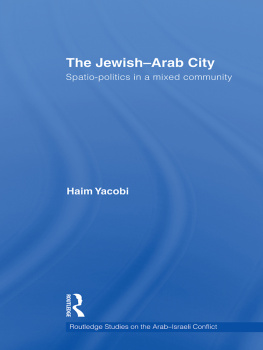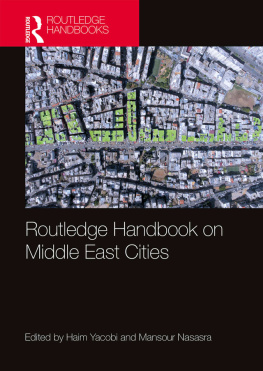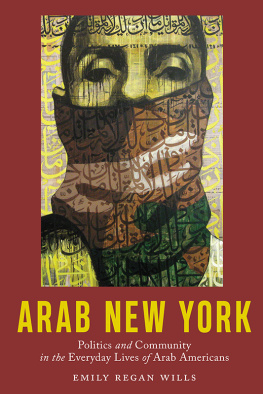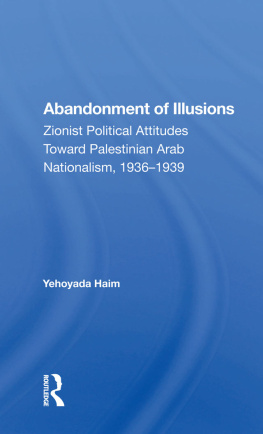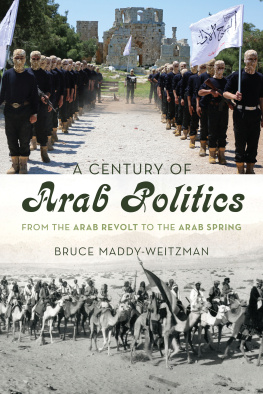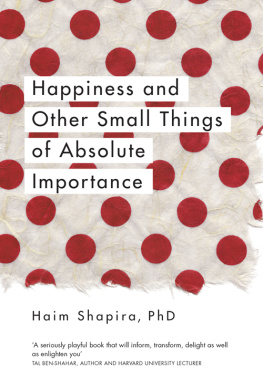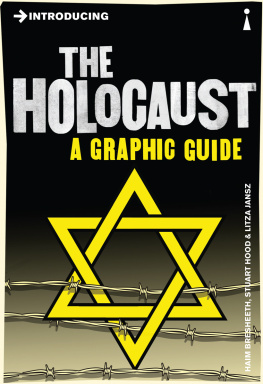The JewishArab City
Mixed city is a term widely used in Israel to describe areas occupied by both Jewish and Arab communities. In a critical examination of such cities, the author shows how a clear spatial and mental division exists between Arabs and Jews in Israel, and how the occurrence of such spaces is both exceptional and involuntary.
Looking at JewishArab relations in Israel in the context of the built environment, it is argued that there are complex links between socio-political relations and the production of contested urban space. The case study of one particular JewishArab mixed city, the city of Lod, is used as the platform for wider theoretical discussion and political analysis. This city has great significance in the present global context, as more and more cities are becoming polarized, ghettoized and fragmented in surprisingly similar ways. This book examines the visible planning apparatuses and the hidden mechanisms of social, political and cultural control involved in these processes.
Focusing on the spatialities of power, this book brings to the fore a critical discussion of the urban processes that shape JewishArab mixed cities in Israel, and will be of interest to students and scholars of Urban Studies, Middle East Studies and Politics in general.
Dr. Haim Yacobi is an architect and lecturer at the Department of Politics and Government at Ben-Gurion University. His main research interests are the production of urban space, social justice, the politics of identity, migration, globalization and urban planning.
Routledge studies on the ArabIsraeli conflict
Series Editor: Mick Dumper
University of Exeter
The ArabIsraeli conflict continues to be the center of academic and popular attention. This series brings together the best of the cutting-edge work now being undertaken by predominantly new and young scholars. Although largely falling within the field of political science, the series also includes interdisciplinary and multidisciplinary contributions.
- International Assistance to the Palestinians after Oslo
Political guilt, wasted money
Anne Le More
- Palestinian Political Prisoners
Identity and community
Esmail Nashif
- Understanding the Middle East Peace Process
Israeli academia and the struggle for identity
Asima A. Ghazi-Bouillon
- Palestinian Civil Society
Foreign donors and the power to promote and exclude
Benot Challand
- The JewishArab City
Spatio-politics in a mixed community
Haim Yacobi
The JewishArab City
Spatio-politics in a mixed community
Haim Yacobi

First published 2009
by Routledge
2 Park Square, Milton Park, Abingdon, Oxon OX14 4RN
Simultaneously published in the USA and Canada
by Routledge
270 Madison Ave, New York, NY 10016
Routledge is an imprint of the Taylor & Francis Group, an informa business
This edition published in the Taylor & Francis e-Library, 2009.
To purchase your own copy of this or any of Taylor & Francis or Routledges collection of thousands of eBooks please go to www.eBookstore.tandf.co.uk.
2009 Haim Yacobi
All rights reserved. No part of this book may be reprinted or reproduced or utilized in any form or by any electronic, mechanical, or other means, now known or hereafter invented, including photocopying and recording, or in any information storage or retrieval system, without permission in writing from the publishers.
British Library Cataloguing in Publication Data
A catalogue record for this book is available from the British Library
Library of Congress Cataloging in Publication Data
A catalog record for this book has been requested
ISBN 0-203-87969-4 Master e-book ISBN
ISBN10: 0-415-44500-0 (hbk)
ISBN10: 0-203-87969-4 (ebk)
ISBN13: 978-0-415-44500-9 (hbk)
ISBN13: 978-0-203-87969-6 (ebk)
To Yael, Avigayil and Itamar
Illustrations
Figures
Lydda, 1918 aerial photograph
Lydda, 1900
Lydda junction. Plans of the proposed junior staff housing units and the recreation building
Clifford Hollidays urban scheme
Regional scheme beginning of the 1940s
Otto Polchecks urban scheme
Jewish refugees in Lod
Lod master plan scheme (19541958)
Lod: housing blocks
The wall between Nir Zvi and Pardes Shanir
Jewish and Arab inhabitants in Lod
Advertisement for Ramat Elyashiv
The road between Pardes Shanir and Ganey Aviv
Arab informal housing (on the left) attached to Ganey Aviv
Arab women in Ganey Aviv
Boulders in the Rakevet
Neve Shalom, winter 2003
Grocery shop in Neve Shalom
Shig-al-mikaad, in Neve Shalom
Covered external staircase in Neve Shalom
Lods city center 2008
Table
The Jewish and Arab population of Lod
Preface
This book is about a city, a JewishArab mixed city, located in the core of my country, Israela territory which is experiencing ongoing conflict. As an architect and planner who specializes in the study of politics, I have discovered in my visits to the city of Lod a multi-layered built environment and a diverse human landscape that contains many of the issues that stand at the center of political debate in Israel, which must be seen as part of the Middle East, as well as part of the growing process of globalization. This book is an attempt to understand such a cityscape and its production vis--vis both power mechanisms and numerous acts of protest, and is the culmination of three years of extensive fieldwork in the city as well as my study of historical documents from a variety of archives.
The intellectual and emotional process of writing such a book, which touches on some of the fundamental tensions of Israeli society, has not been easy. My personal identity as a Jewish-Israeli academic who studies an ethnically mixed city has been shaped through the years of research and writing. It seems to me that this process could not have been realized without some wonderful and generous people whom I have met during my work in Lod: Busayna Dabit, Aref Muhareb, Maha al-Nakib, Edward Thanus, Lia Steinberg and Yaron Turel, who guided me through the spatio-political labyrinth of this city and shared with me their knowledge and thoughts. This process was made even more constructive by other friends and colleagues who accompanied me on this journey; I would like especially to thank Oren Yiftachel for his endless support and time, which enabled me to explore new geographical and political destinations, and Erez Tzfadia, Tovi Fenster and David Newman, who accompanied me with a continuous exchange of ideas and comments. I have also been assisted during the writing of this book by the editorial skills of Tresa Grauer and Galit Gelbort, who helped me to fine-tune my arguments and to express the ideas presented in the book more clearly. To Ananya Roy and Mina Rajagopalan, I am grateful for the support and important comments about my initial idea for writing this book.
This is also an opportunity to thank the different bodies that supported my research: the Palestinian American Research Center (PARC), the Hertzog Center for Diplomacy and Middle East Studies and the French Embassy Grant. Thanks go also to the generous support of Professor Rivka Carmi, the President of Ben Gurion University, and Professor Jimmy Weinblatt, the Rector of the Faculty of Humanities and Social Sciences at Ben Gurion University.


